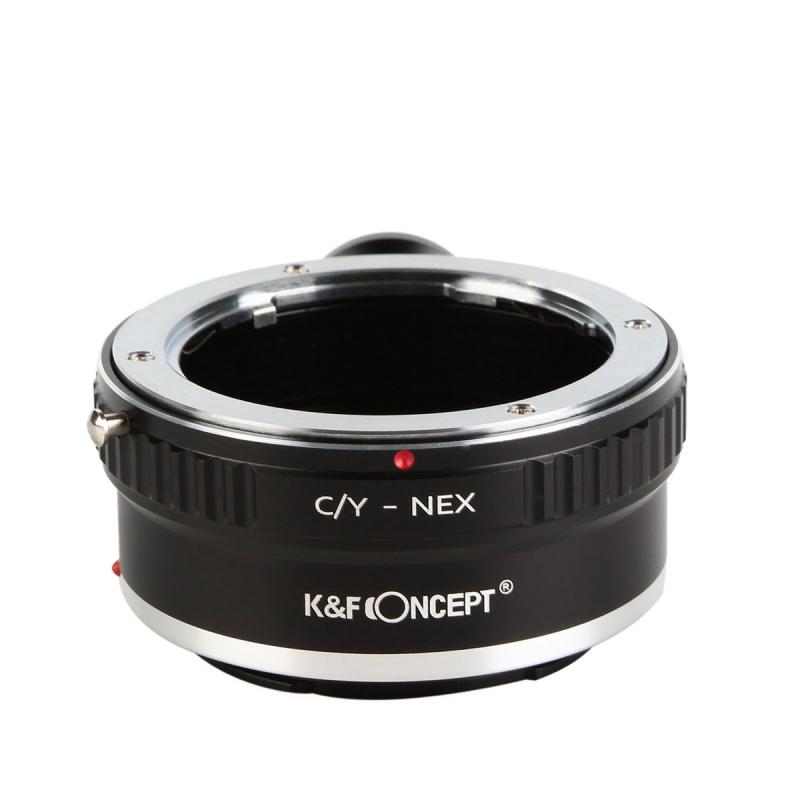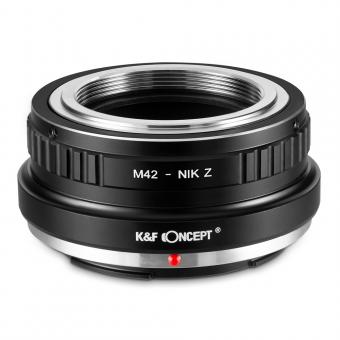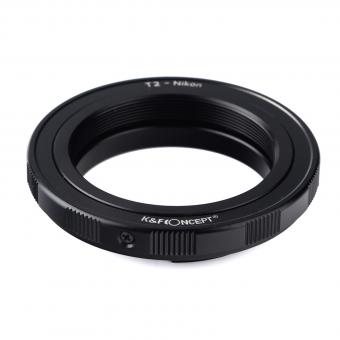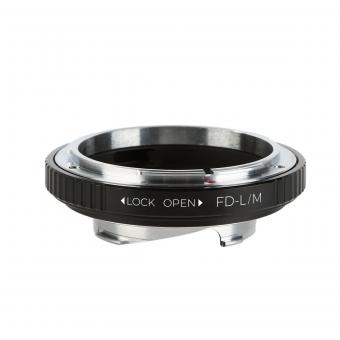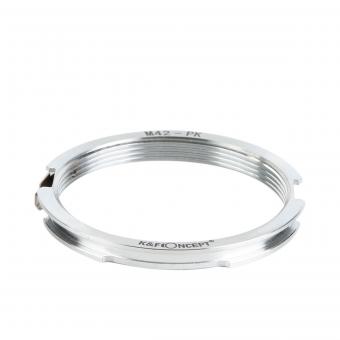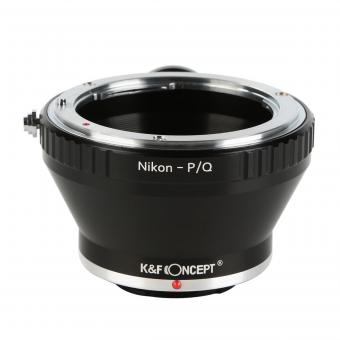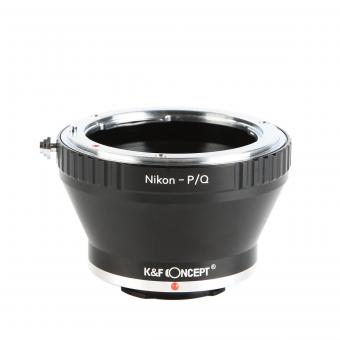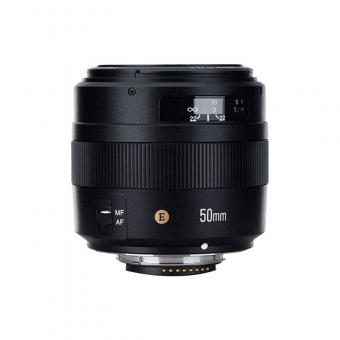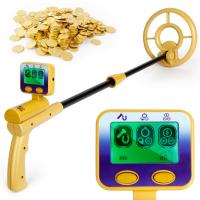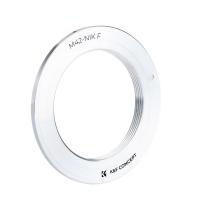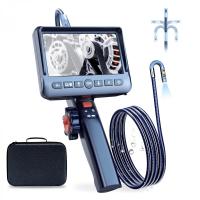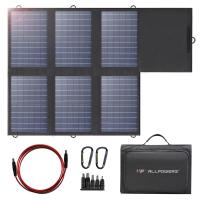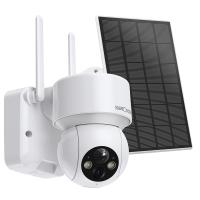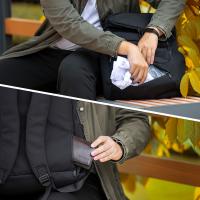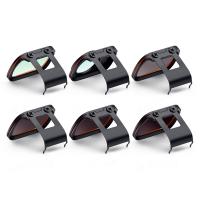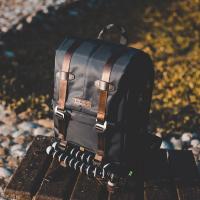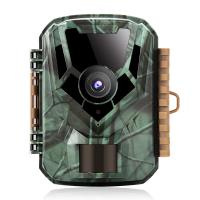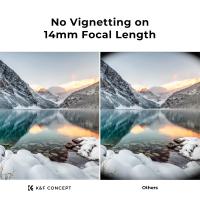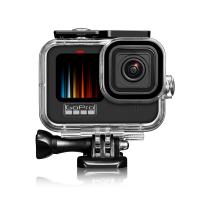How To Carry A Camera While Hiking ?
When hiking, it is recommended to carry your camera in a secure and easily accessible manner. One common method is to use a camera strap or harness that allows you to wear the camera around your neck or across your body. This keeps the camera close to you and minimizes the risk of dropping or damaging it. Additionally, using a camera bag or backpack with padded compartments can provide extra protection and organization for your camera and accessories while hiking. It is important to consider the weight and size of your camera gear when choosing a carrying method, as you want to ensure it is comfortable and doesn't hinder your movement during the hike.
1、 Camera Strap Options for Hiking: Comfort, durability, and accessibility.
Camera Strap Options for Hiking: Comfort, durability, and accessibility.
When it comes to hiking, carrying a camera can be a challenge. You want to have your camera easily accessible for those breathtaking views, but at the same time, you need to ensure it is secure and won't get in the way of your movements. Here are some camera strap options that provide comfort, durability, and accessibility for your hiking adventures.
1. Neck Strap: This is the most common and basic option. It allows you to hang your camera around your neck, keeping it easily accessible. However, it can become uncomfortable over long hikes and may swing around, potentially hitting objects or your body.
2. Shoulder Strap: This option is similar to the neck strap but is worn diagonally across your body, distributing the weight more evenly. It provides better stability and comfort, especially for longer hikes. Look for a strap with padding and adjustable length for added convenience.
3. Sling Strap: This strap is worn across your body, with the camera hanging at your side. It allows for quick access to your camera and keeps it secure while hiking. Sling straps often have additional pockets for storing small accessories like memory cards or batteries.
4. Chest Harness: This option is ideal for those who want their camera to be completely out of the way while hiking. The harness holds the camera on your chest, providing stability and easy access. It is particularly useful for photographers who need to carry multiple lenses or accessories.
5. Backpack Strap Attachment: Some camera straps are designed to attach directly to your backpack's shoulder straps. This option keeps your camera close to your body and prevents it from swinging around. It is a great choice for hikers who already carry a backpack and want to minimize additional straps.
When choosing a camera strap for hiking, consider factors such as comfort, durability, and accessibility. Look for straps made from high-quality materials that can withstand the rigors of outdoor activities. Additionally, adjustable straps are essential to ensure a proper fit and to accommodate different body sizes and hiking gear.
In conclusion, finding the right camera strap for hiking is crucial to ensure comfort, durability, and accessibility. Consider your personal preferences and needs, and choose a strap that will keep your camera secure while allowing you to capture those stunning moments on your hiking adventures.
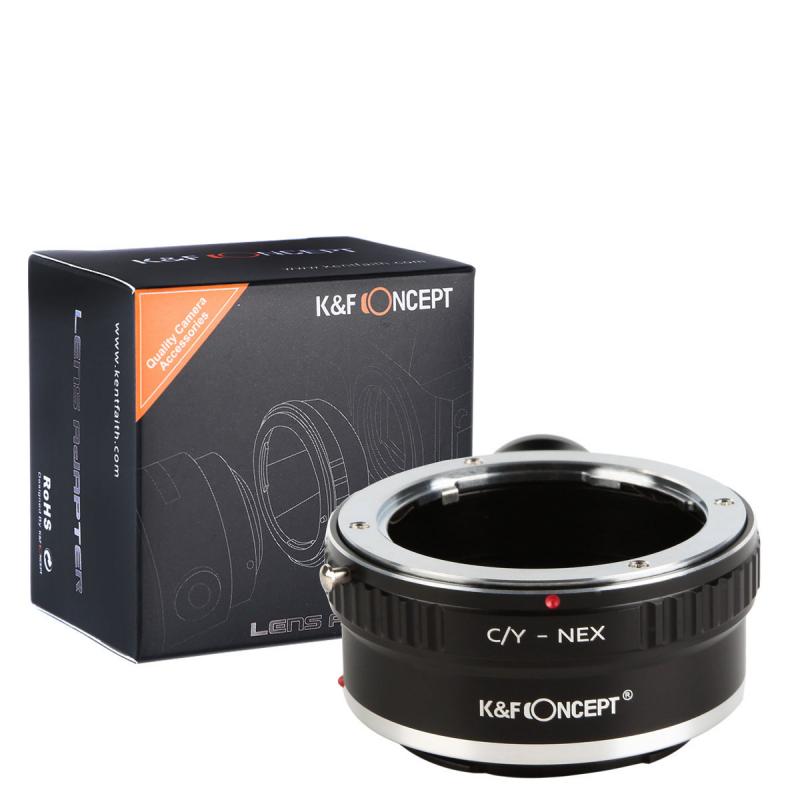
2、 Camera Bags for Hiking: Protection and organization for your gear.
Camera Bags for Hiking: Protection and organization for your gear.
When it comes to hiking, capturing the breathtaking views and memorable moments is a must. However, carrying a camera while hiking can be a challenge. You want to ensure that your camera is protected from the elements and easily accessible when you need it. That's where camera bags for hiking come in.
Camera bags designed specifically for hiking provide the perfect solution for carrying your camera gear. These bags are designed with durability, comfort, and organization in mind. They are typically made from weather-resistant materials to protect your camera from rain, dust, and scratches. Some bags even come with built-in rain covers for added protection.
One of the key features of camera bags for hiking is their organization. These bags have compartments and dividers that allow you to safely store your camera body, lenses, batteries, and other accessories. This ensures that your gear stays organized and protected during your hike. Some bags also have additional pockets for storing personal items like snacks, water bottles, and maps.
Comfort is another important aspect to consider when choosing a camera bag for hiking. Look for bags with padded shoulder straps and back panels to distribute the weight evenly and reduce strain on your body. Adjustable straps and waist belts can also help to ensure a comfortable fit.
In terms of the latest point of view, camera bags for hiking have evolved to cater to the needs of modern photographers. Many bags now come with dedicated compartments for laptops or tablets, allowing you to edit and share your photos on the go. Some bags also have quick-access pockets or side openings, making it easier to grab your camera without having to take off the entire bag.
In conclusion, camera bags for hiking provide the necessary protection and organization for your gear while ensuring comfort during your outdoor adventures. Investing in a high-quality camera bag will not only keep your equipment safe but also make your hiking experience more enjoyable. So, grab your camera, pack it in a reliable camera bag, and hit the trails to capture those stunning moments.
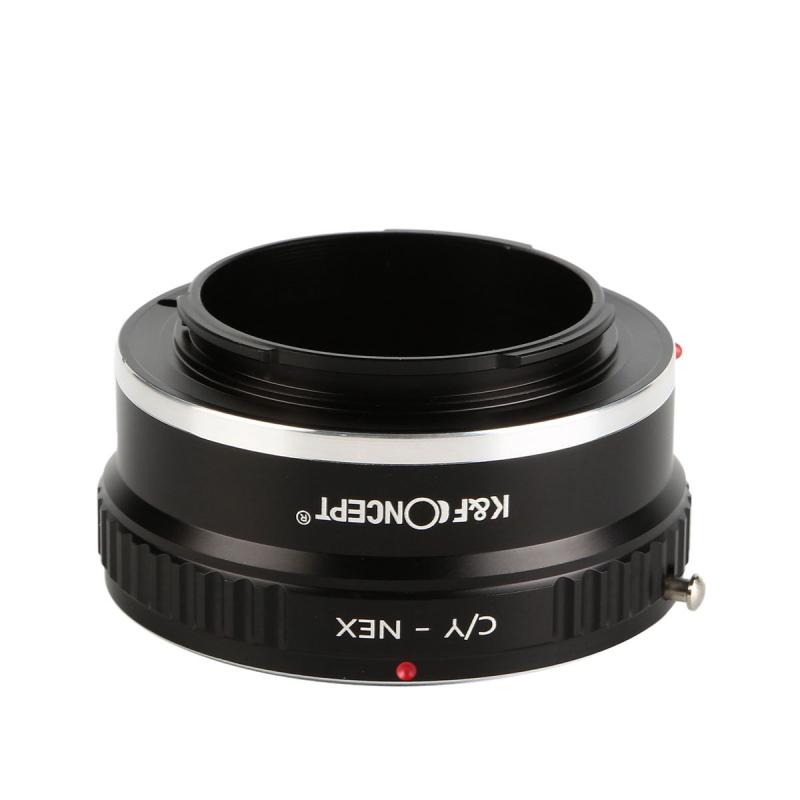
3、 Camera Harness Systems for Hiking: Hands-free and secure camera carrying.
Camera Harness Systems for Hiking: Hands-free and secure camera carrying.
When it comes to hiking, capturing the breathtaking views and memorable moments is a must. However, carrying a camera while navigating through rugged terrains can be challenging. That's where camera harness systems come into play, providing a hands-free and secure way to carry your camera while hiking.
Camera harness systems are designed to distribute the weight of your camera evenly across your body, reducing strain on your neck and shoulders. They typically consist of a harness that wraps around your torso, with adjustable straps to ensure a comfortable fit. The camera is attached to the harness using a quick-release plate or a mounting system, allowing you to easily access and use your camera whenever needed.
One of the key advantages of camera harness systems is that they keep your camera within easy reach, eliminating the need to constantly take it in and out of a backpack. This not only saves time but also ensures that you don't miss any spontaneous photo opportunities. Additionally, having your camera secured to your body minimizes the risk of accidental drops or damage, especially in challenging hiking conditions.
In recent years, camera harness systems have evolved to cater to the needs of outdoor enthusiasts. Some models now feature additional storage compartments for carrying extra camera lenses, batteries, and other accessories. Others are equipped with quick-release mechanisms that allow you to detach your camera from the harness easily, making it more versatile for different shooting situations.
It's worth noting that the latest camera harness systems are designed with comfort and durability in mind. They are often made from lightweight and breathable materials, ensuring that you can wear them for extended periods without discomfort. Some models also incorporate moisture-wicking technology to keep you dry and cool during strenuous hikes.
In conclusion, camera harness systems provide a hands-free and secure solution for carrying your camera while hiking. With their ergonomic design and convenient features, they allow you to capture stunning photos without compromising your comfort or safety. So, if you're an avid hiker and photography enthusiast, investing in a camera harness system is definitely worth considering.
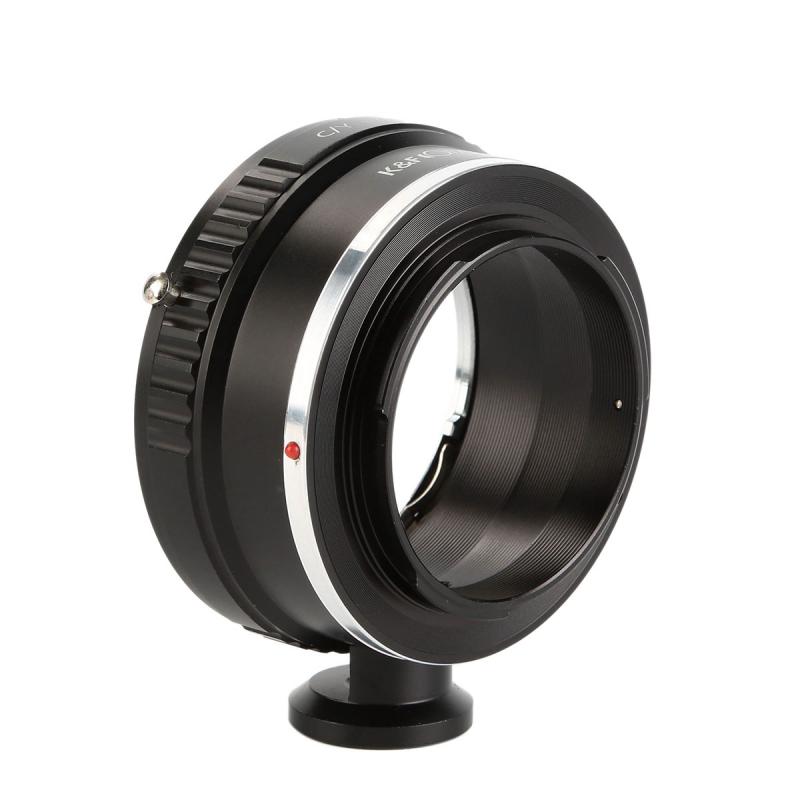
4、 Camera Clip Systems for Hiking: Quick and easy access to your camera.
Camera Clip Systems for Hiking: Quick and easy access to your camera.
When it comes to hiking, capturing the breathtaking views and memorable moments is a must. However, carrying a camera while hiking can be a challenge. You want to have quick and easy access to your camera without compromising your safety or comfort. This is where camera clip systems come in handy.
Camera clip systems are designed to securely attach your camera to your backpack strap or belt, allowing you to have your camera within arm's reach at all times. These systems are lightweight, durable, and provide a hands-free solution for carrying your camera while hiking.
One popular camera clip system is the Peak Design Capture Clip. It features a quick-release plate that attaches to your camera's tripod mount, and a sturdy clip that securely holds your camera in place. The clip can be easily attached to your backpack strap or belt, providing a stable and accessible position for your camera.
Another option is the Cotton Carrier G3 Camera Harness. This system distributes the weight of your camera across your body, reducing strain on your neck and shoulders. It also features a quick-release mechanism that allows you to easily detach your camera when needed.
The latest point of view on camera clip systems is that they have become increasingly popular among hikers and outdoor enthusiasts. They offer a convenient way to carry your camera while keeping it easily accessible for capturing those spontaneous moments. With advancements in design and technology, camera clip systems have become more secure and comfortable, ensuring that your camera stays safe during your hiking adventures.
In conclusion, camera clip systems provide a practical solution for carrying your camera while hiking. They offer quick and easy access to your camera, allowing you to capture stunning photos without compromising your safety or comfort. Whether you choose the Peak Design Capture Clip or the Cotton Carrier G3 Camera Harness, these systems are a must-have for any hiking photographer.
